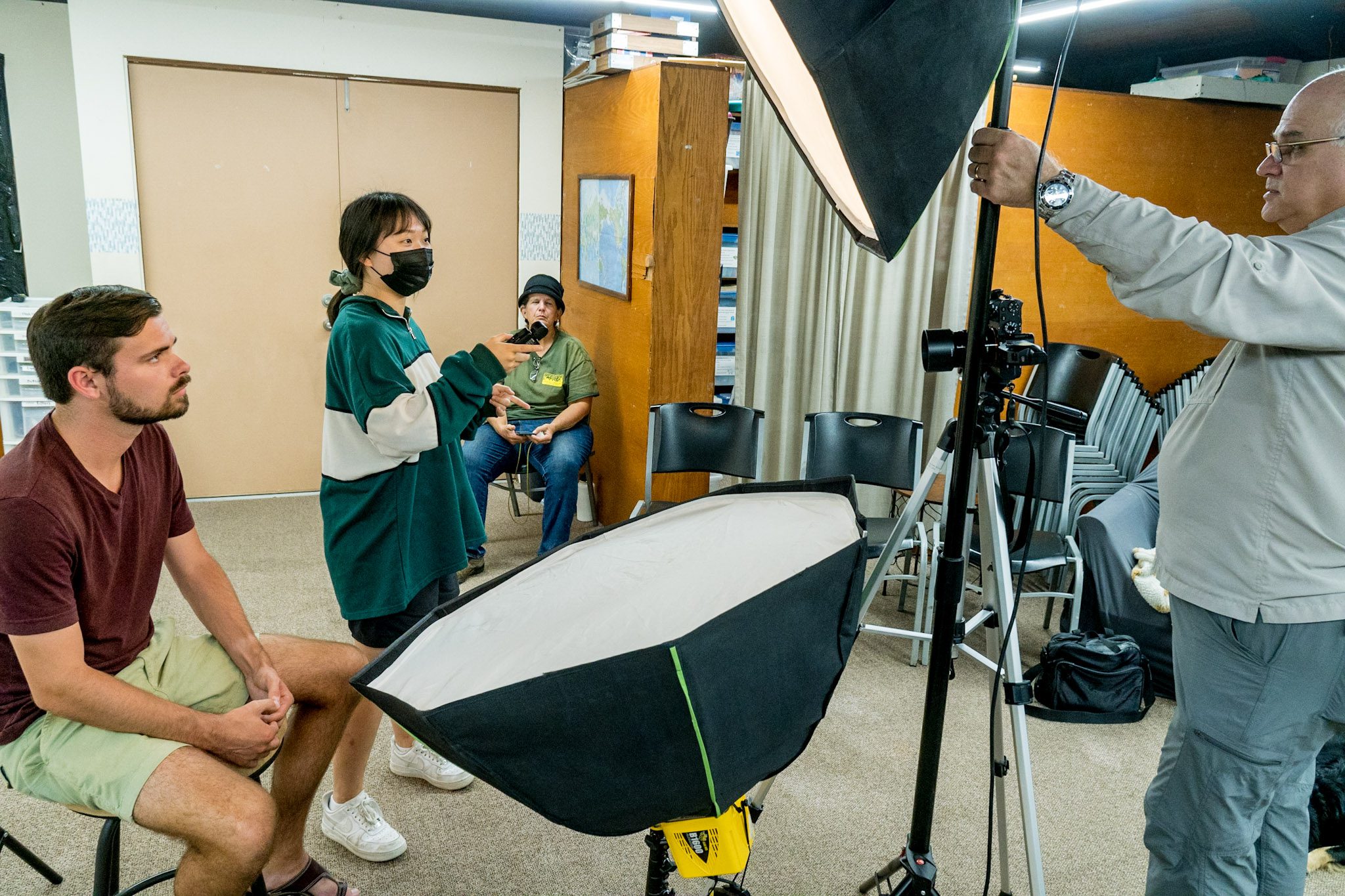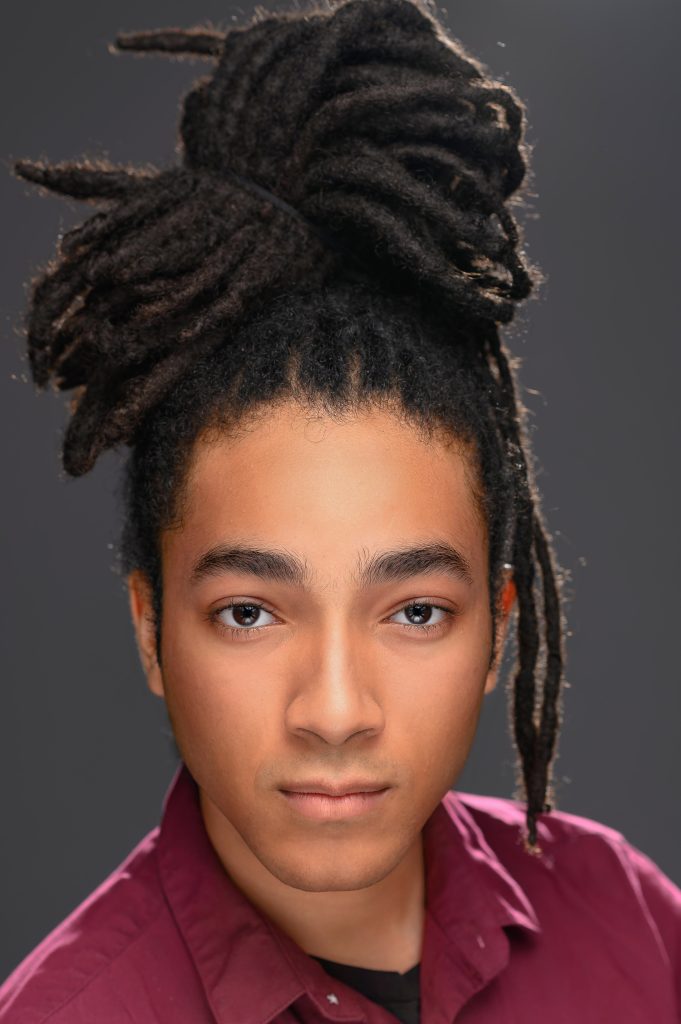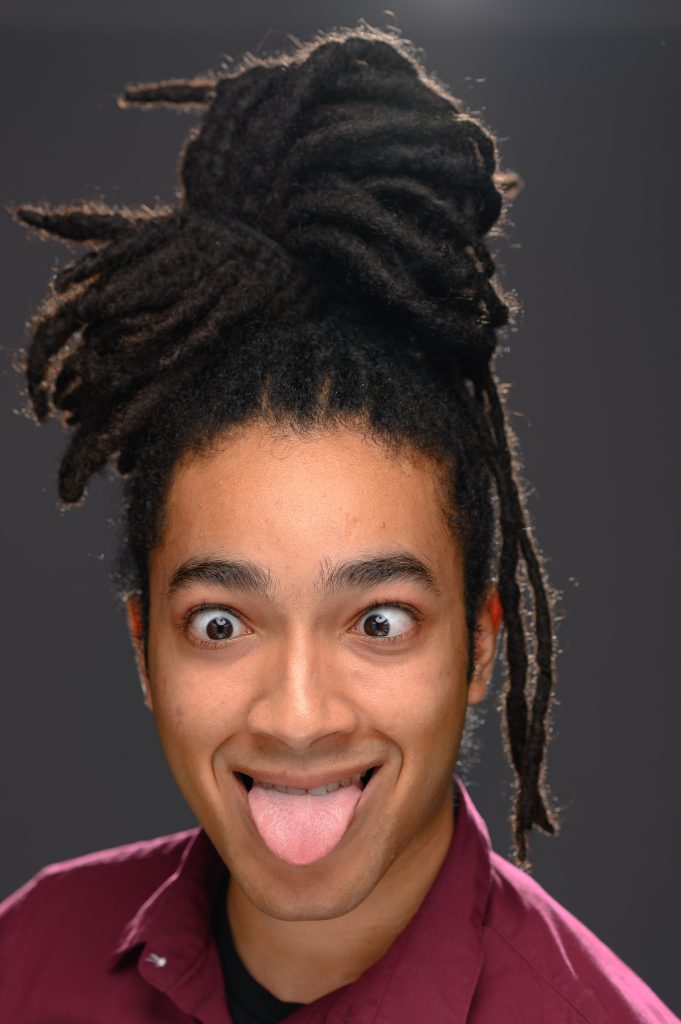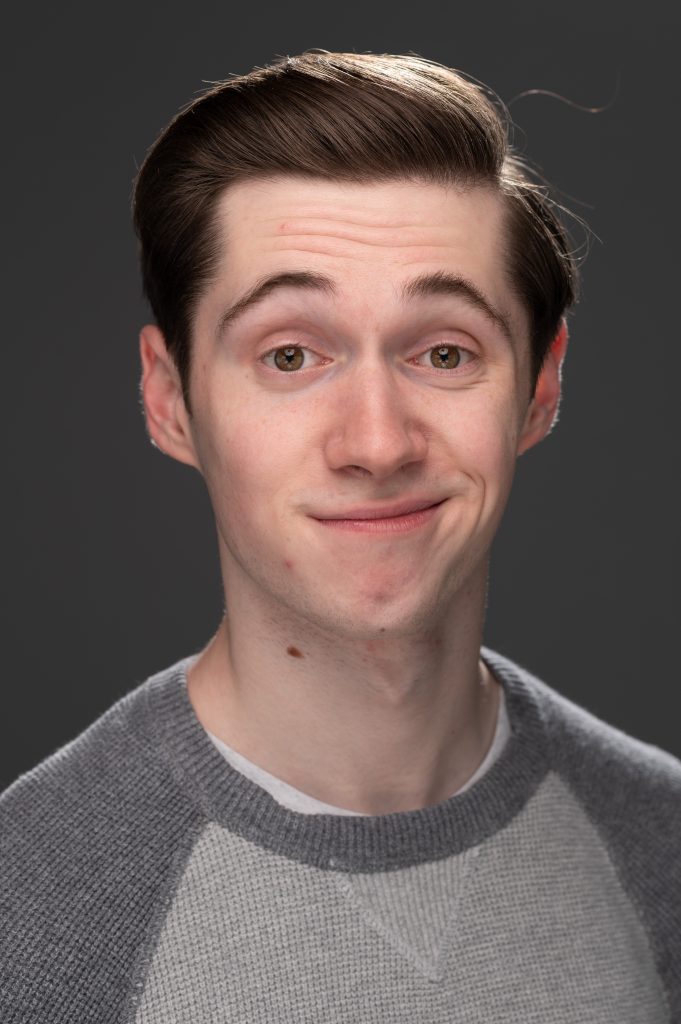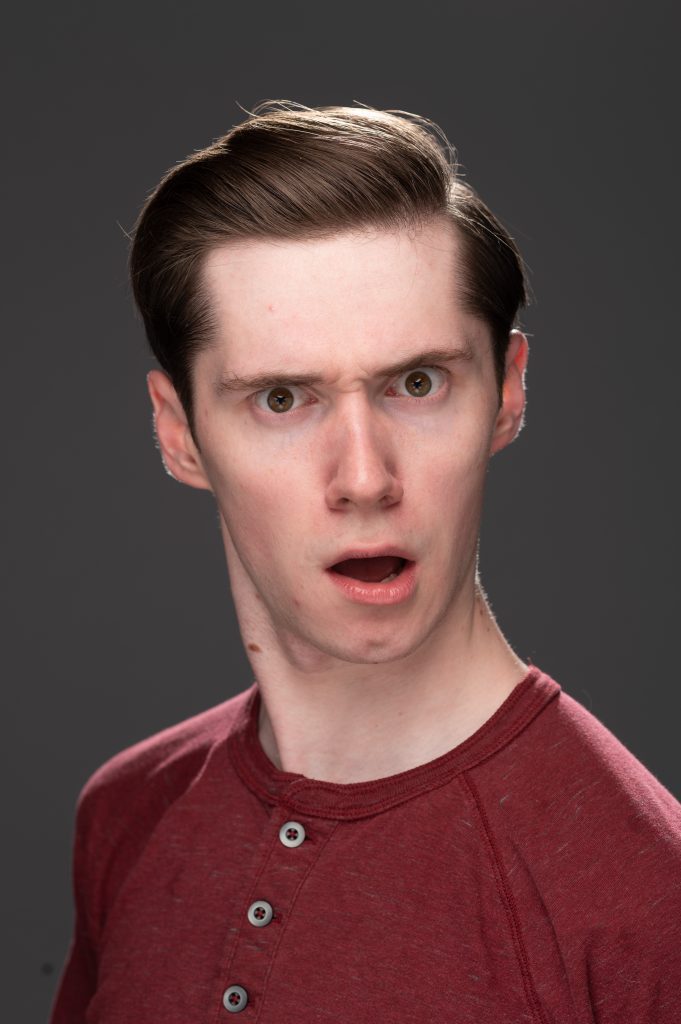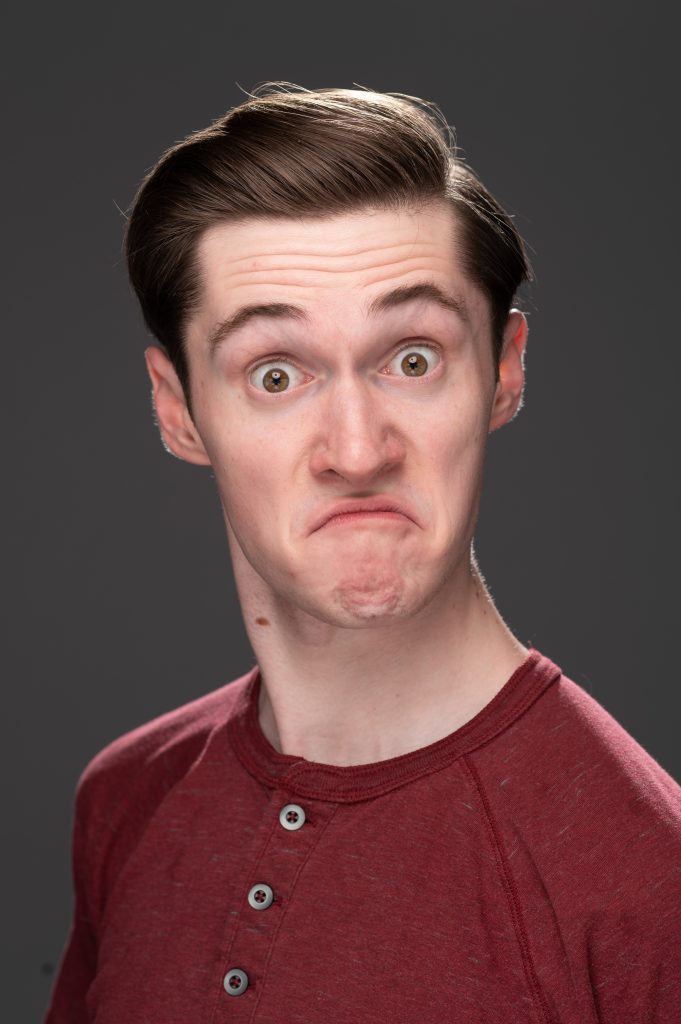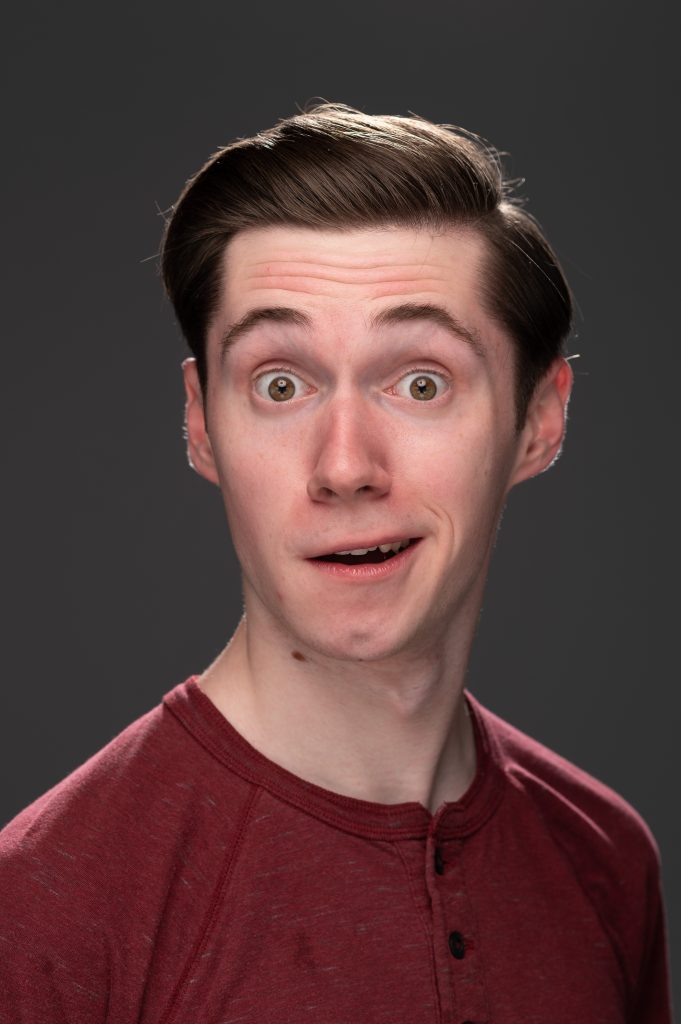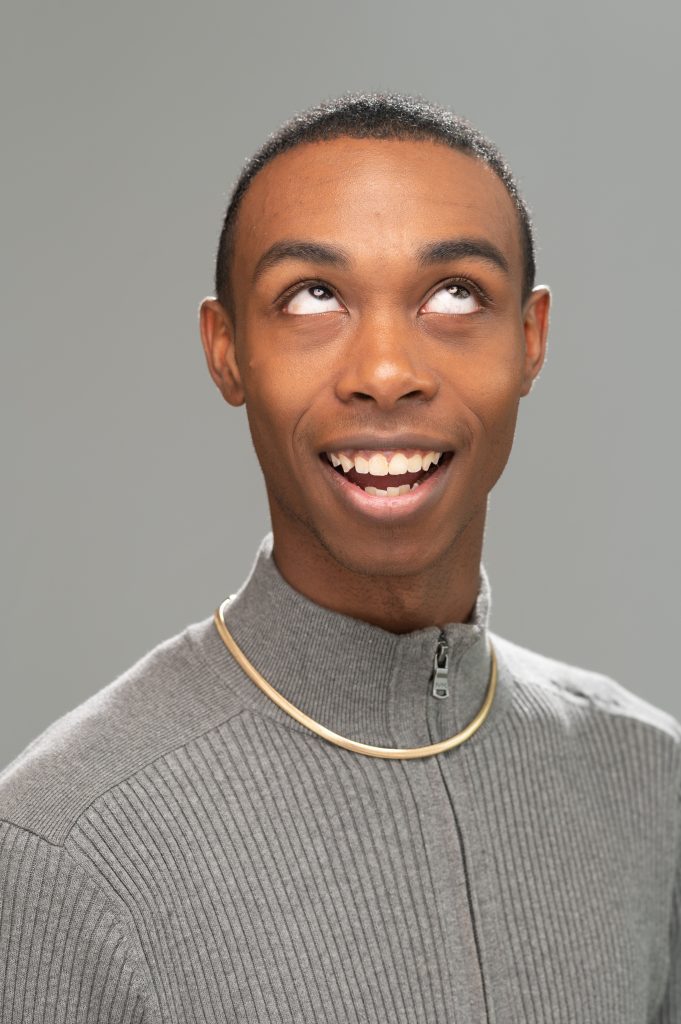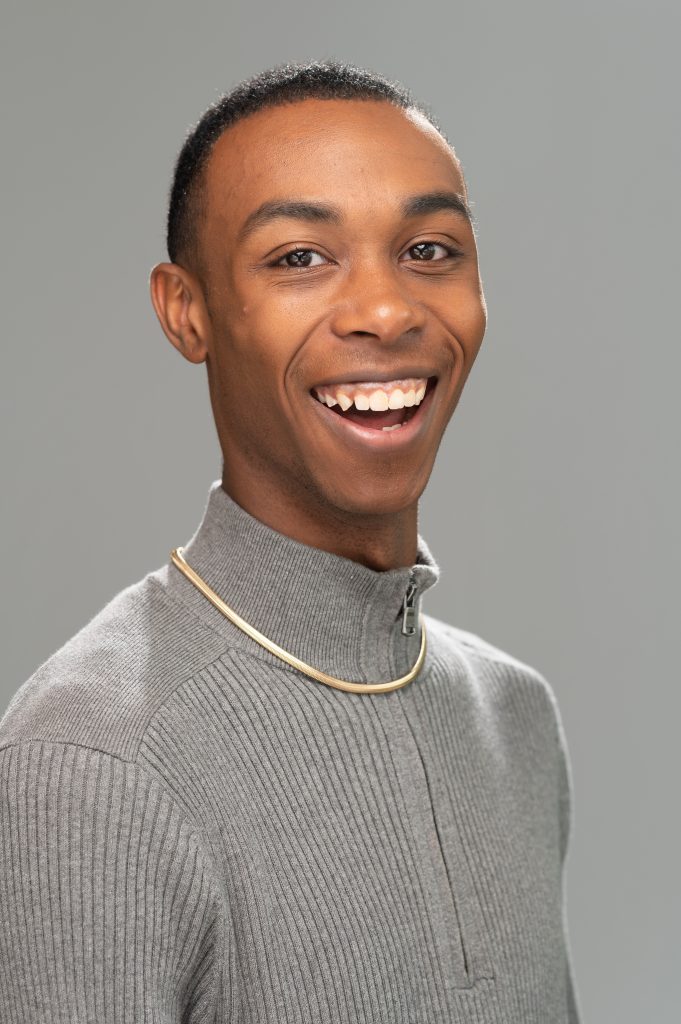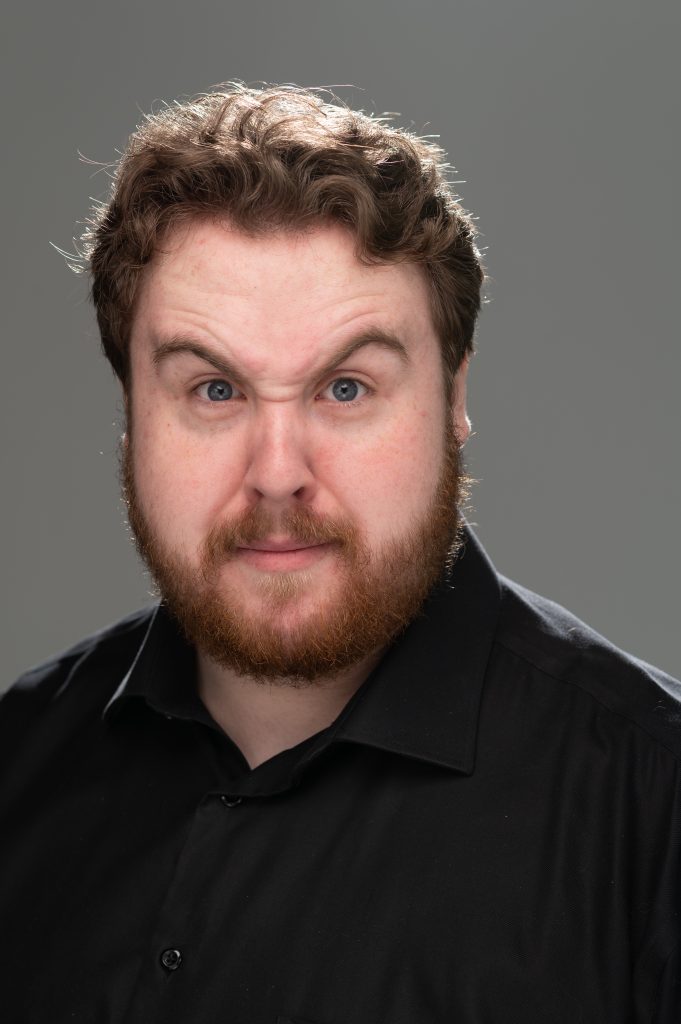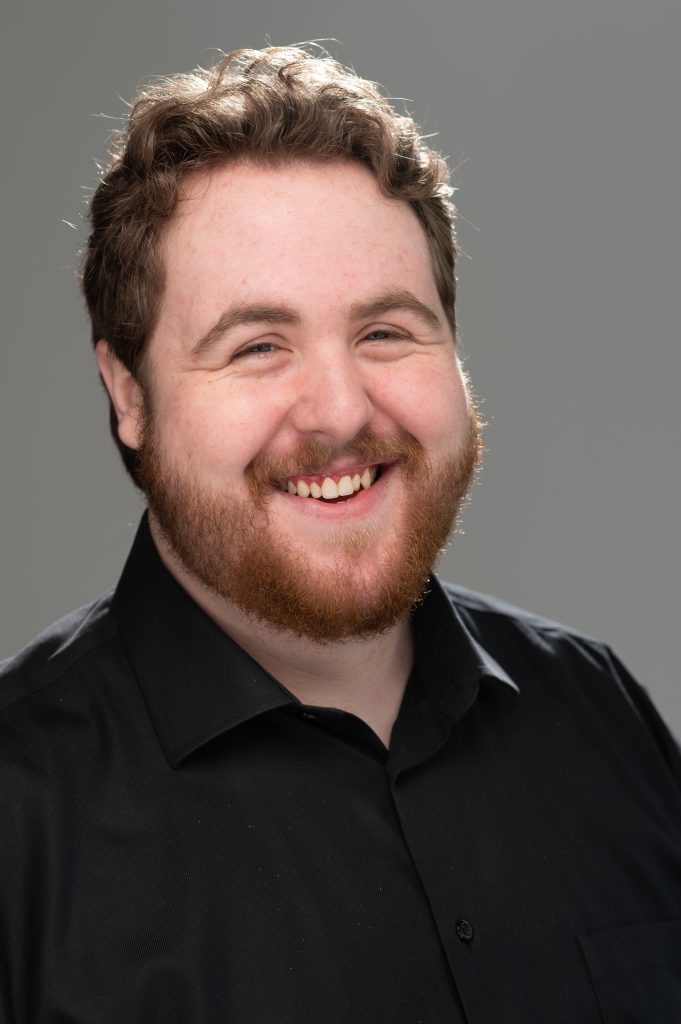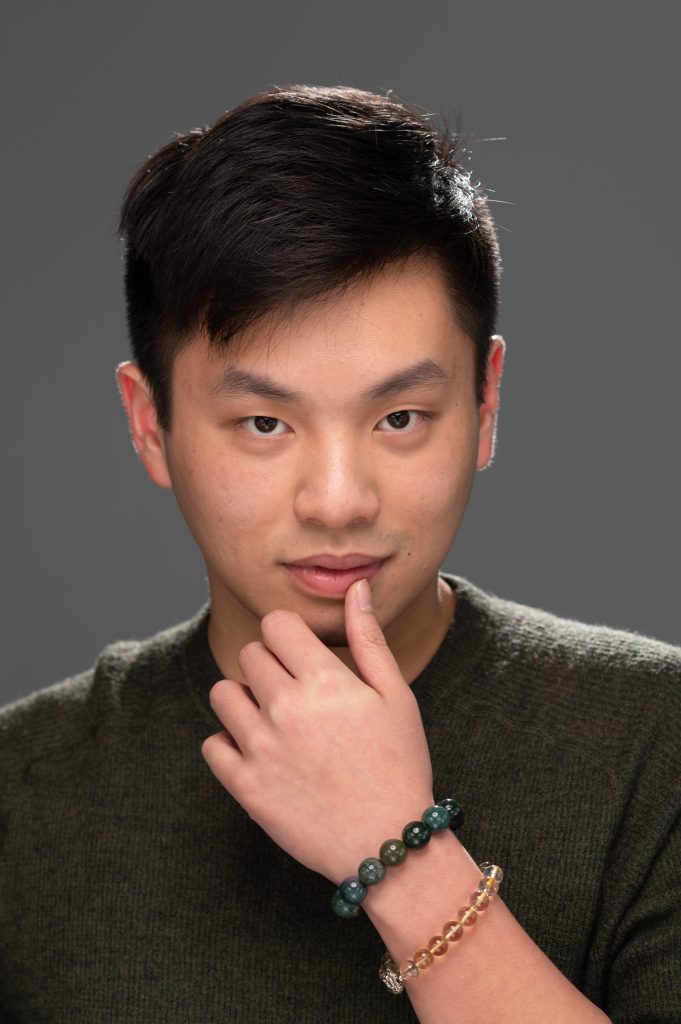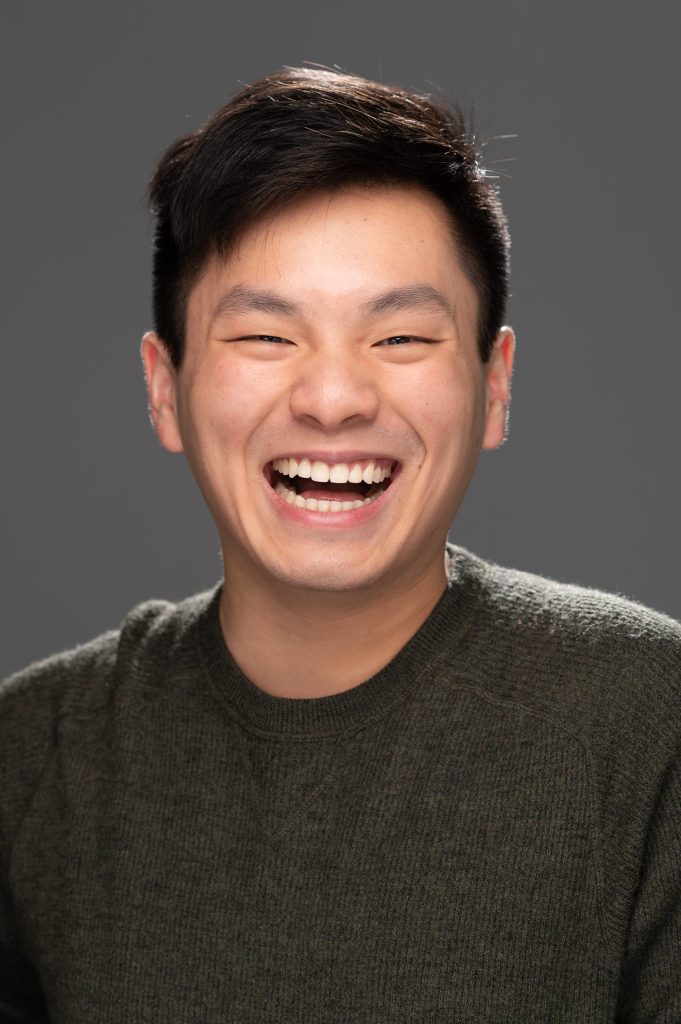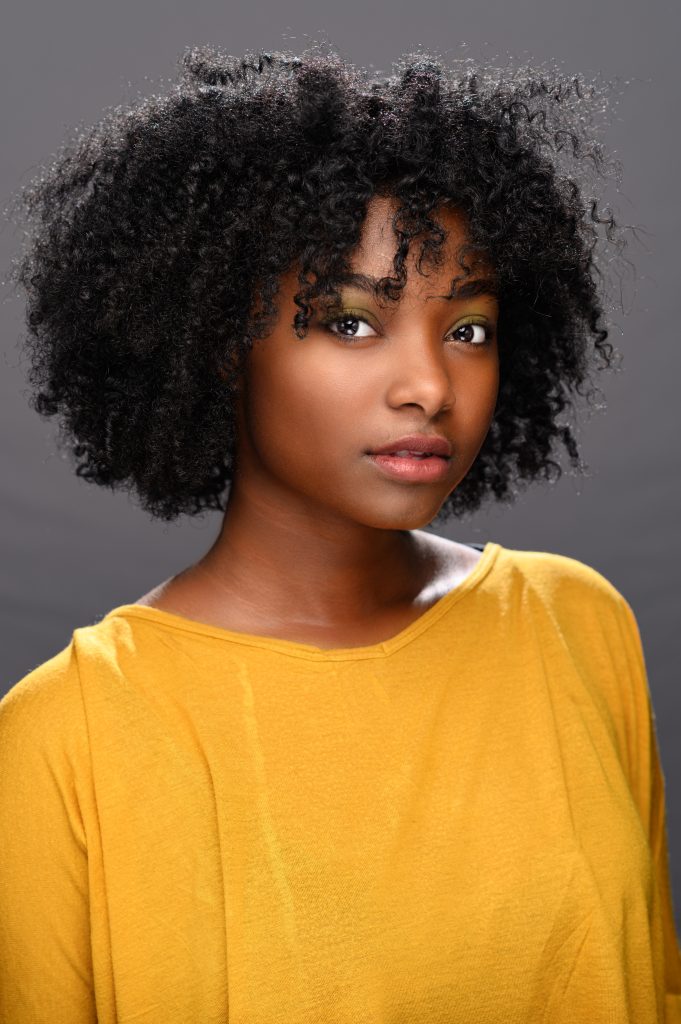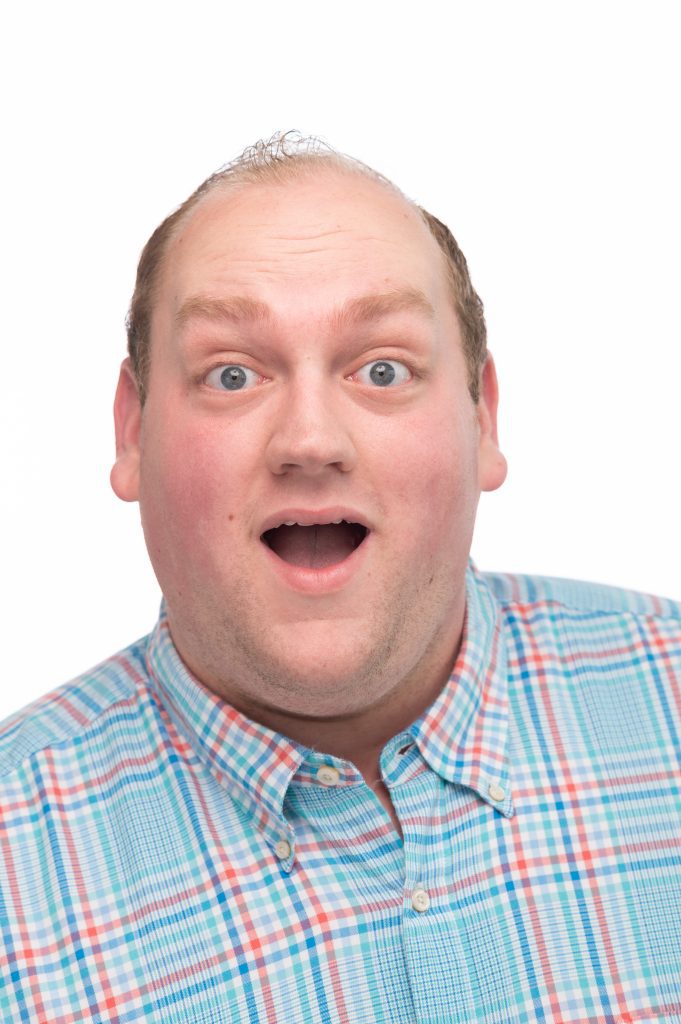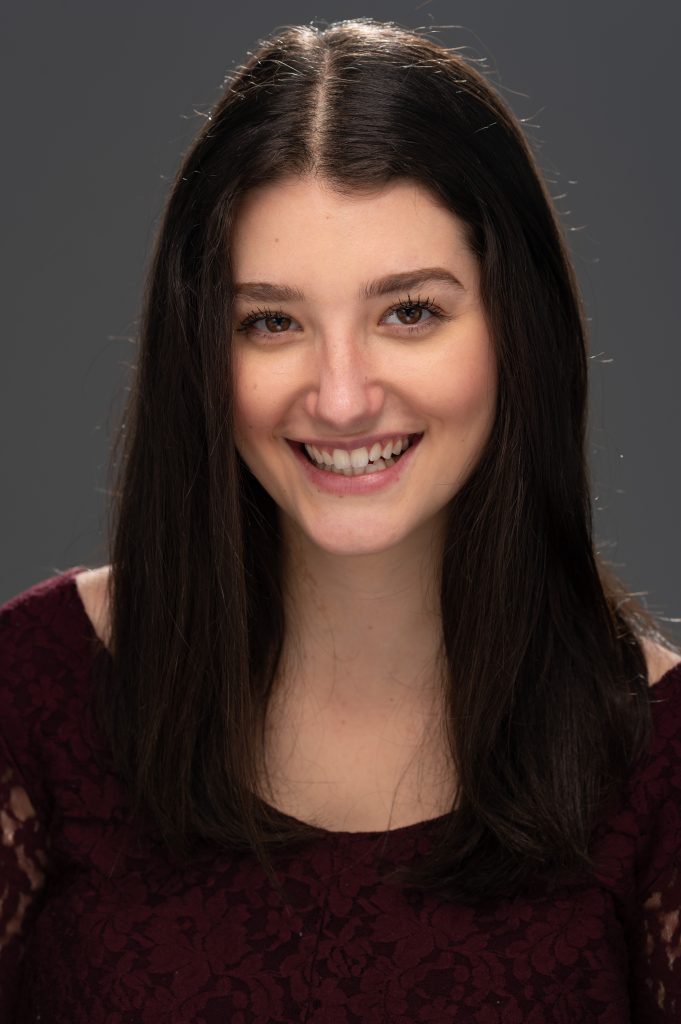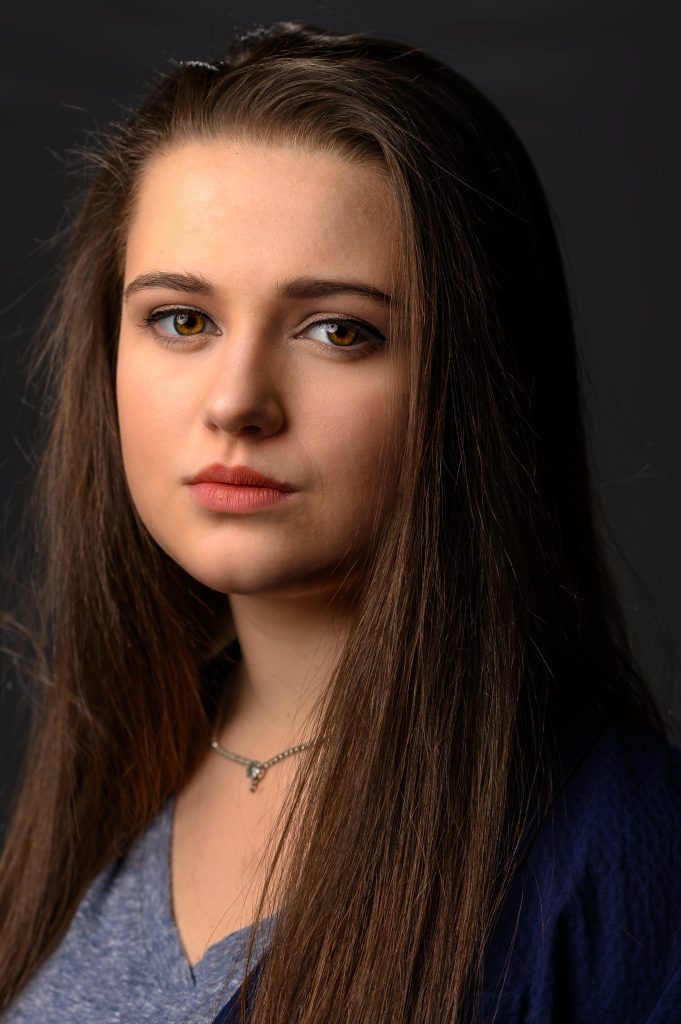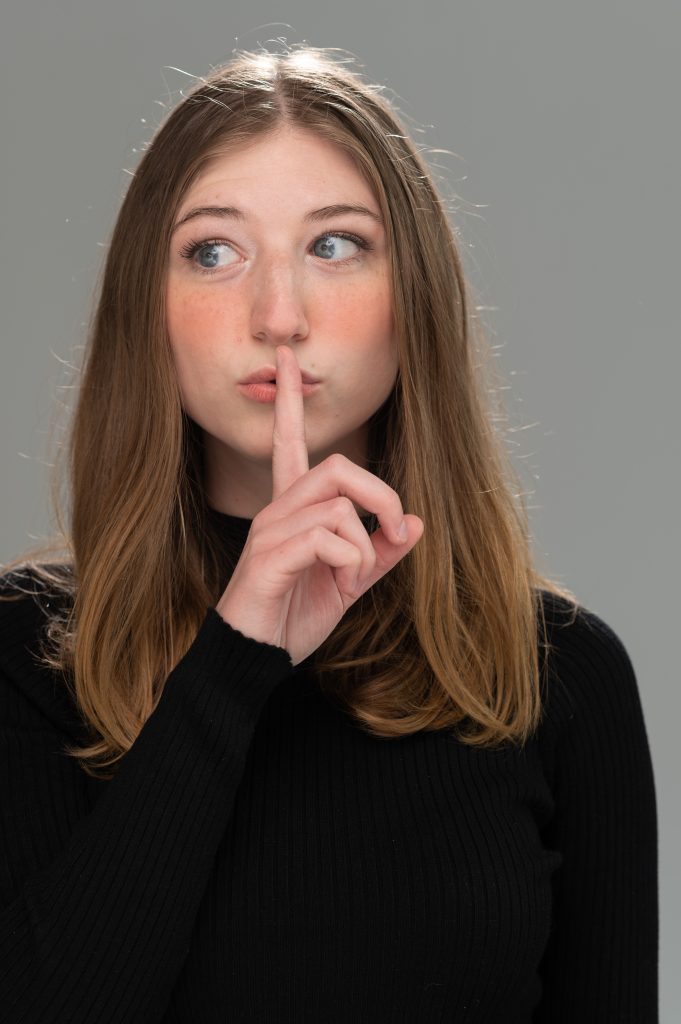Over the years of teaching studio portrait lighting, I have slowly been creating a small tips list that I share with my students.
I have never just stopped and said hey, here are ten tips for you, but this is the first time I have put these down in writing. I hope some of these help you improve your portraits.
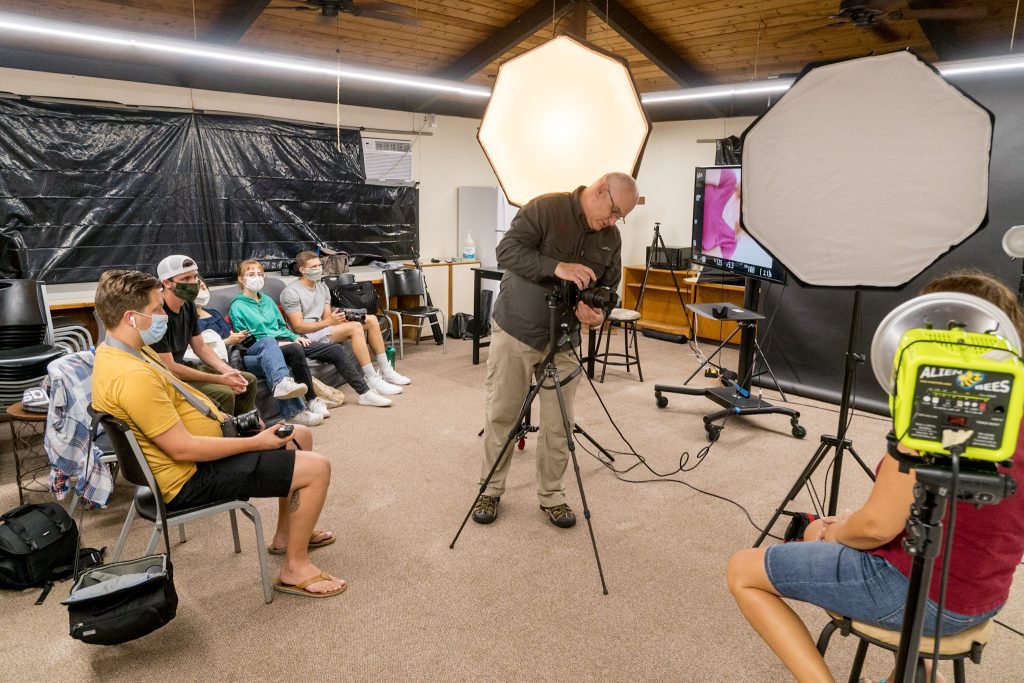
1) Tripod
One of the essential tools you can use is a tripod when doing portraits. Sometimes you may not need to use one, but here are some reasons it can help you.
- Consistent composition – This is helpful when your background isn’t huge. Over the years, I had found that when I didn’t use a tripod, I would have more photos that needed to be retouched because I had more in the background than I had planned for the portrait.
- Two or more people – I cannot tell you how many times in group photos I have a wonderful picture of people in different frames that are easy to combine into one image in photoshop if you have been using a tripod.
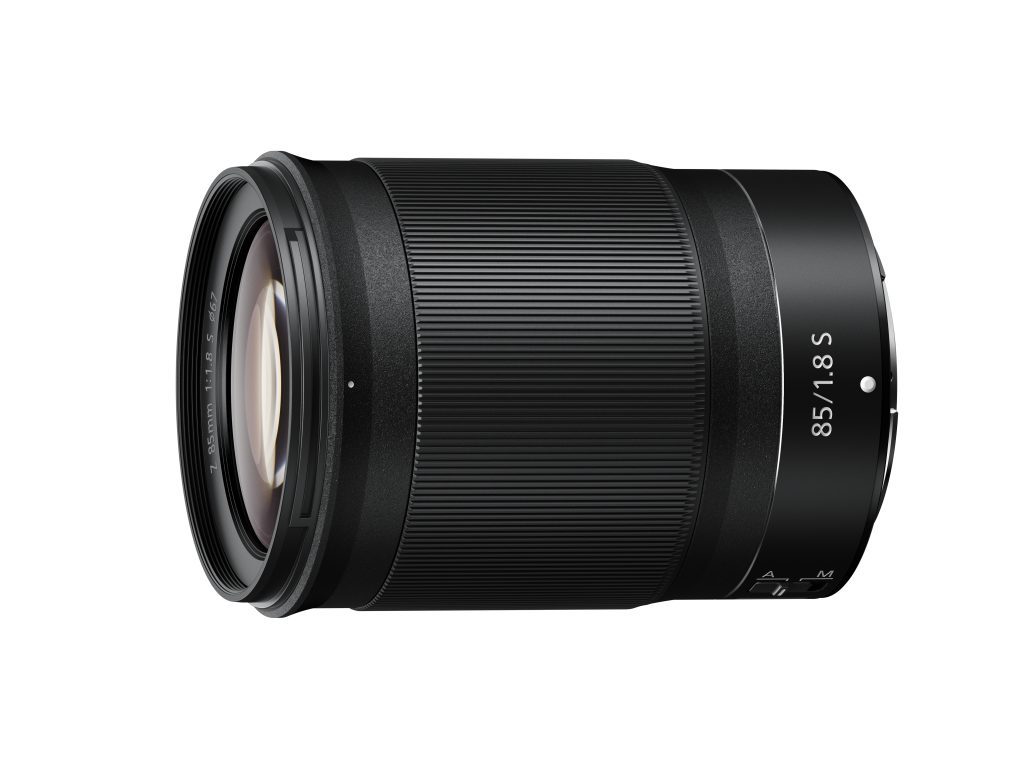
2) Fixed Focal Length Lens
While zoom lenses have their place, and I occasionally use them for portraits, the advantage of the fixed focal length is consistency with the face proportions. The wider you go, and the tighter you go, you change how the face appears. For example, noses can get bigger and the face more distorted with wider angle lenses.
Having a fixed focal length helps keep the headshots consistent, especially when doing many headshots for organizations.
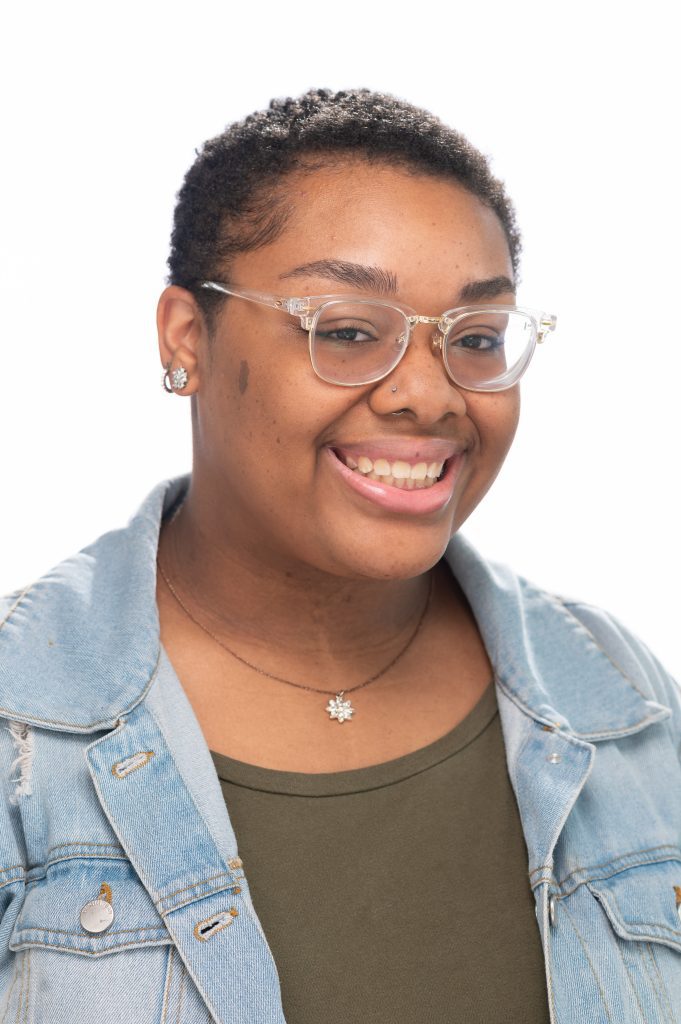
3) Use Modeling Lights
Studio strobes come with modeling lights that you can turn on and off. This helps you see the modeling of the light before you take the photo. Also, this helps see the glare in glasses and shadows cast by people onto others in group photos.
You can also use constant light sources instead of flashes, but the downside to those on-camera hot shoe flashes is not seeing what you are getting before you push the shutter.
If you have no choice but to use a flash without a modeling light, remind yourself to stop and look at the results before shooting many photos.
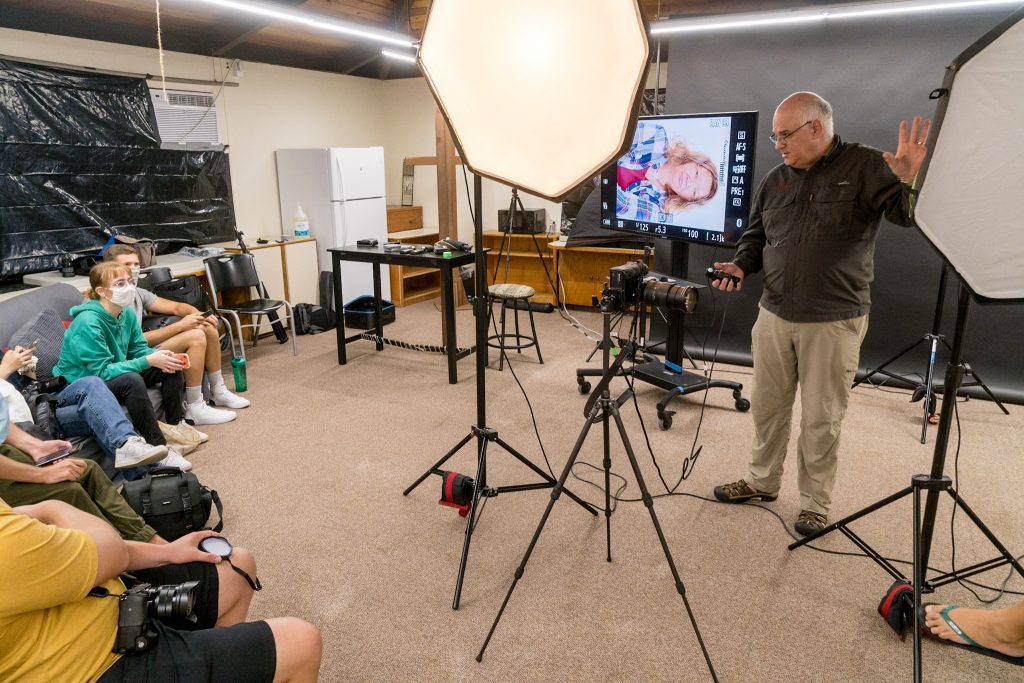
4) Use A Larger Monitor
You can shoot tethered and then glance at the larger screen to see your results. Seeing images larger will help you see details lost in the smaller image on your camera’s LCD.
Sometimes just plugging your camera into a TV using the HDMI connection is all you need to review the images quickly.
5) Review The Images With The Client Before They Leave
The most important thing you can do is let the client see themselves before they leave. I do this all the time. I do not take the time to find the one photo they like over all the others; I am looking to see if they don’t want any of them. If they don’t like them, I ask them what they don’t like so we can continue to shoot until they are pleased with the results.
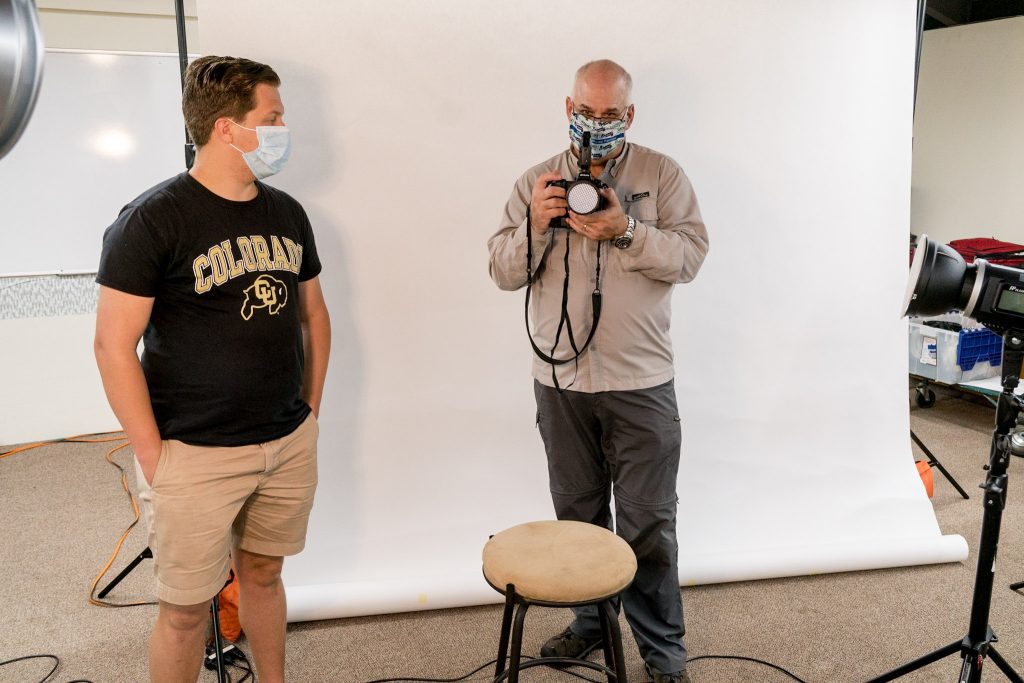
6) Custom White Balance
I have found that getting a custom white balance is critical to speeding up the editing process. This is even more true when on location. I have shot in a room with a giant red wall beside me. Had I not don’t a custom white balance, finding the correct skin tones would take forever. I speak of my experience of making that mistake before.
7) Model And Actors Vs. Everyone Else
While everyone needs feedback from you as a photographer for a portrait session, know your client.
Actors who have been around for years in the profession typically need a little direction and may even teach you a great deal by the end of your session.
The average public needs much more guidance. I find that most people benefit once you have an excellent pose to shoot many different photos looking for other expressions. If you move too slowly, people feel awkward and will not enjoy the time. It will also appear that you need more time to be ready.
Those who are just starting as Actors or Models will probably need more direction and coaching and may be similar to the average person. Some people were told they should be models or actors based on their looks.
I can tell that many newbies need much coaching and don’t realize that looks alone are not why people are successful actors or models; it takes an awareness of how you appear to others and the ability to control that, which will determine your career.

